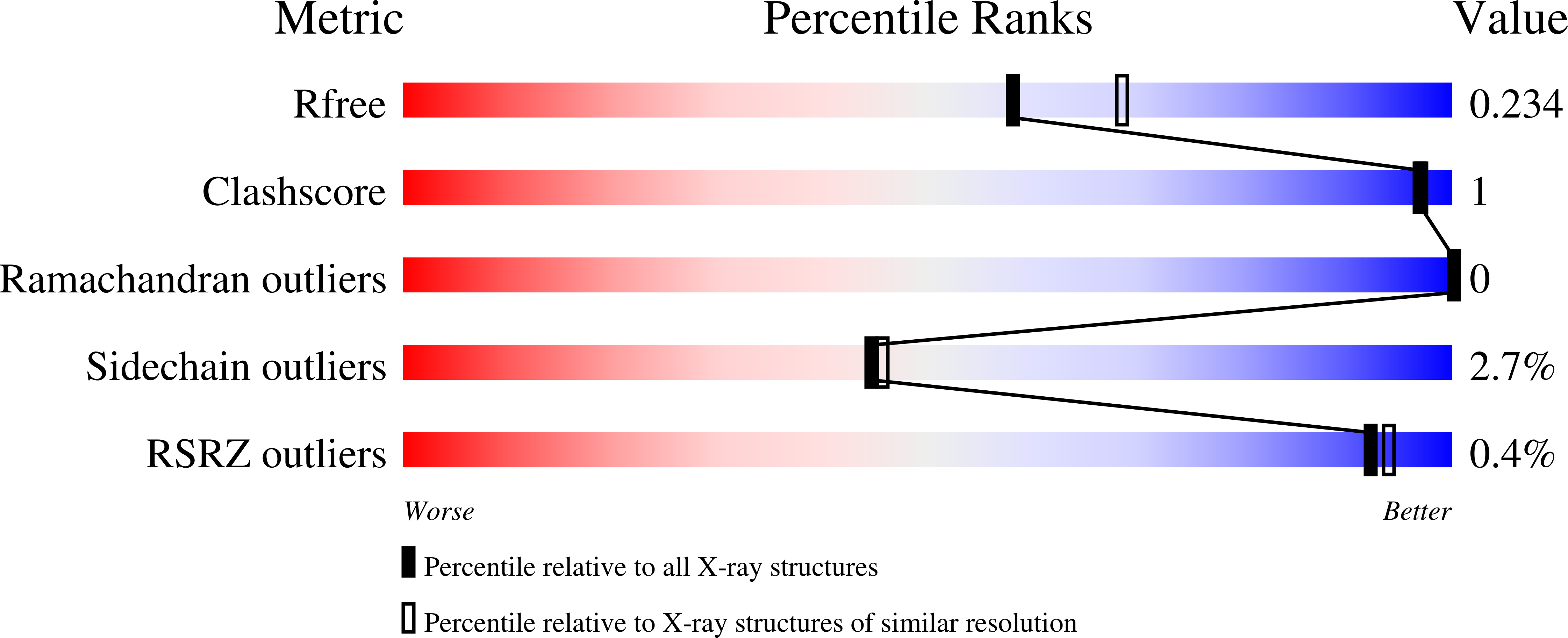
Deposition Date
2020-07-09
Release Date
2021-04-14
Last Version Date
2024-11-06
Entry Detail
PDB ID:
6XQA
Keywords:
Title:
Crystal Structure of HLA A*2402 in complex with TYQWVLKNL, an 9-mer epitope from Influenza B virus
Biological Source:
Source Organism:
Homo sapiens (Taxon ID: 9606)
Influenza B virus (Taxon ID: 11520)
Influenza B virus (Taxon ID: 11520)
Host Organism:
Method Details:
Experimental Method:
Resolution:
2.16 Å
R-Value Free:
0.22
R-Value Work:
0.17
R-Value Observed:
0.18
Space Group:
P 1 21 1


